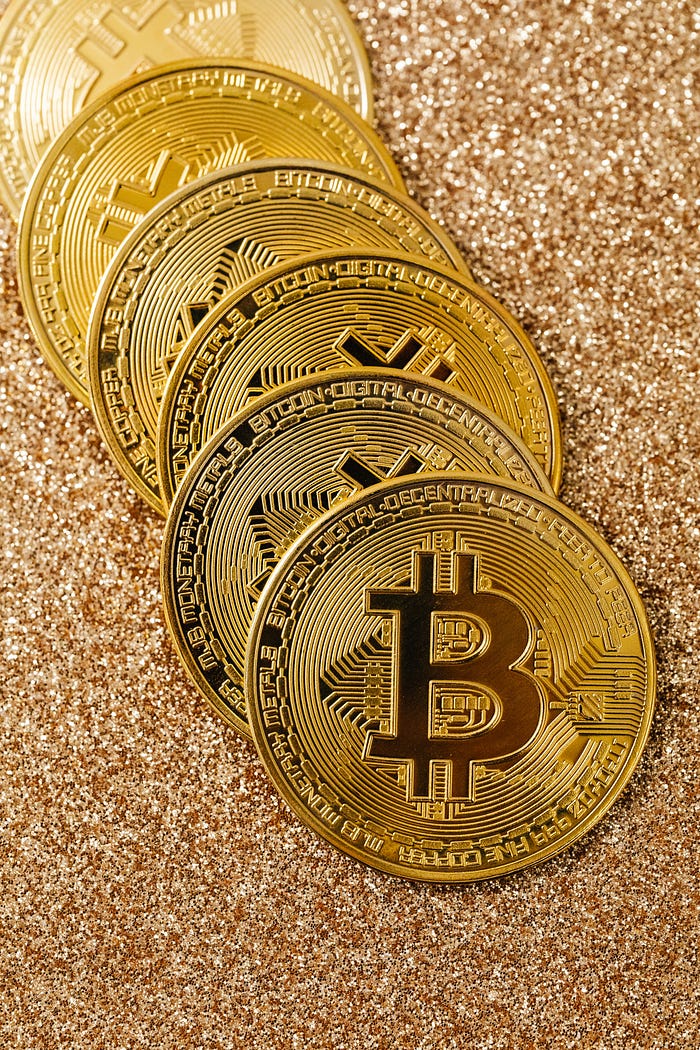Bitcoin has become increasingly popular in recent years as a decentralized digital currency that allows people to transact without intermediaries. However, unlike traditional fiat money systems, where governments can print more money, Bitcoin is “discovered” through a process called mining. But how exactly does Bitcoin mining work?
Bitcoin mining is a process of discovering new bitcoins much like gold mining. However, instead of physical labor, Bitcoin miners use computational power to solve complex mathematical problems in order to confirm Bitcoin transactions and record them on a decentralized ledger. This ledger is known as the blockchain, and it serves as a public record of all the transactions that took place on the network.
To ensure the security and decentralization of the network, miners use specialized computer programs to solve these mathematical problems, which involves guessing the output of a cryptographic hash function. When a block of transactions is ready, miners apply the SHA-256 Cryptographic Hash Algorithm to turn it into a seemingly random sequence of numbers and letters known as a hash. The hash is then stored together with the block at the end of the blockchain, providing a proof of work and validation.
The miners compete with each other to guess the output of the hash faster using the mining software. The miner who is first to do this mines the block and receives the block reward, which is currently set at 12.5 BTC per block and decreases by half every 210,000 blocks. Bitcoin mining also serves to make bitcoins scarce and hard to get, incentivize miners to allocate their resources to the Bitcoin network, and penalize bad actors in the network by making it unprofitable to go against the system.
In conclusion, Bitcoin mining is a complex process that involves a lot of computational power and specialized software. It serves as the backbone of the Bitcoin network, ensuring the security and decentralization of the system. While it may be difficult to understand at first, Bitcoin mining is a genius invention that has revolutionized the way we think about money and the financial system.

